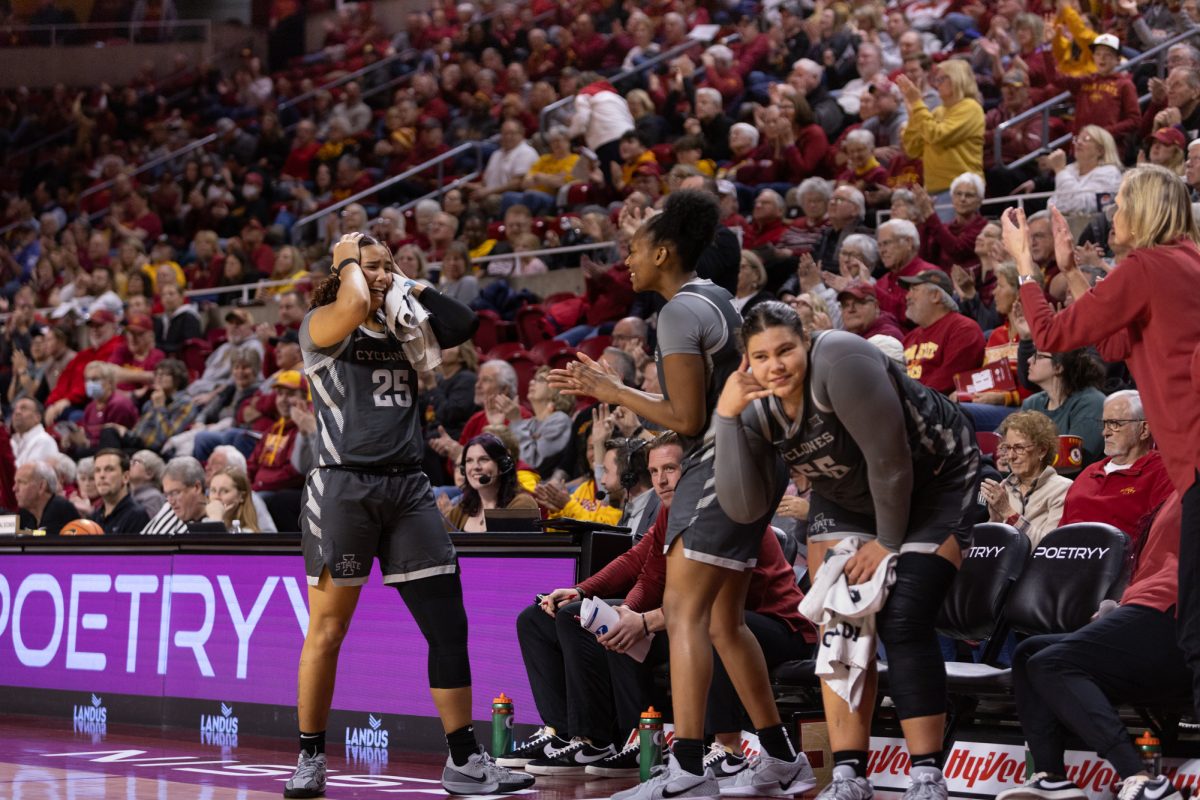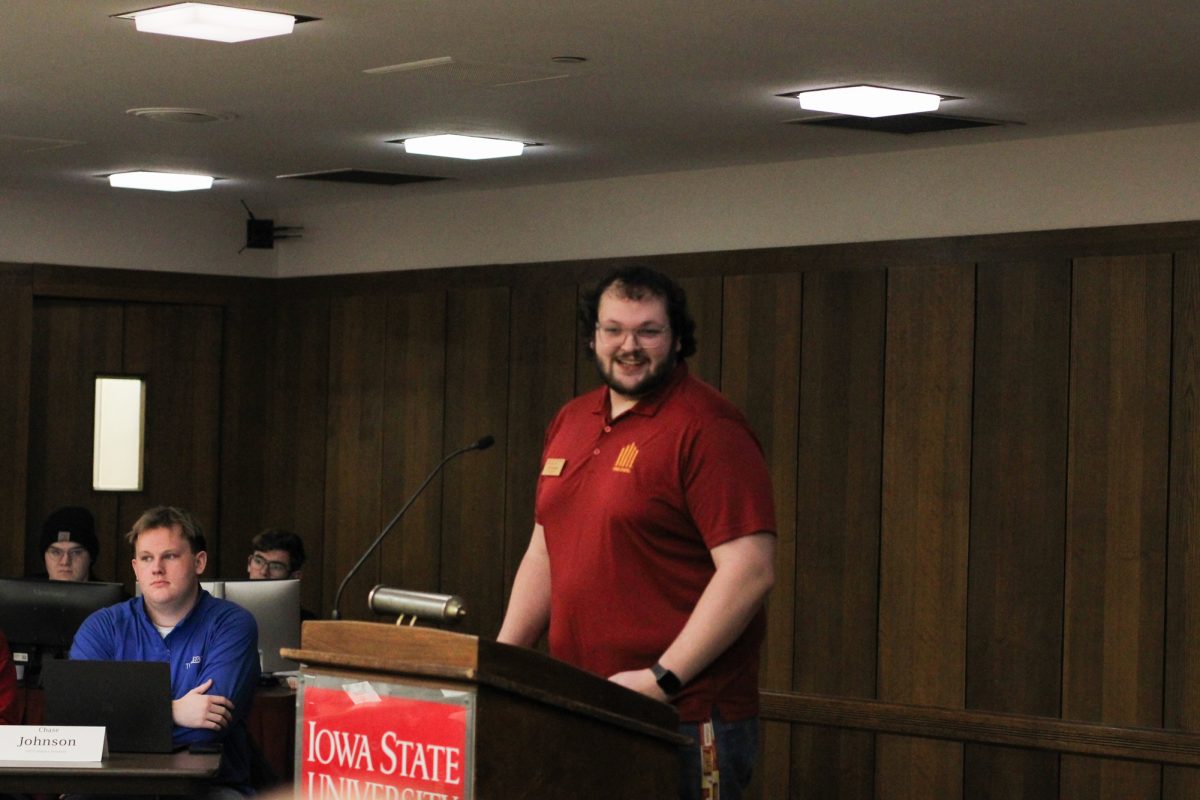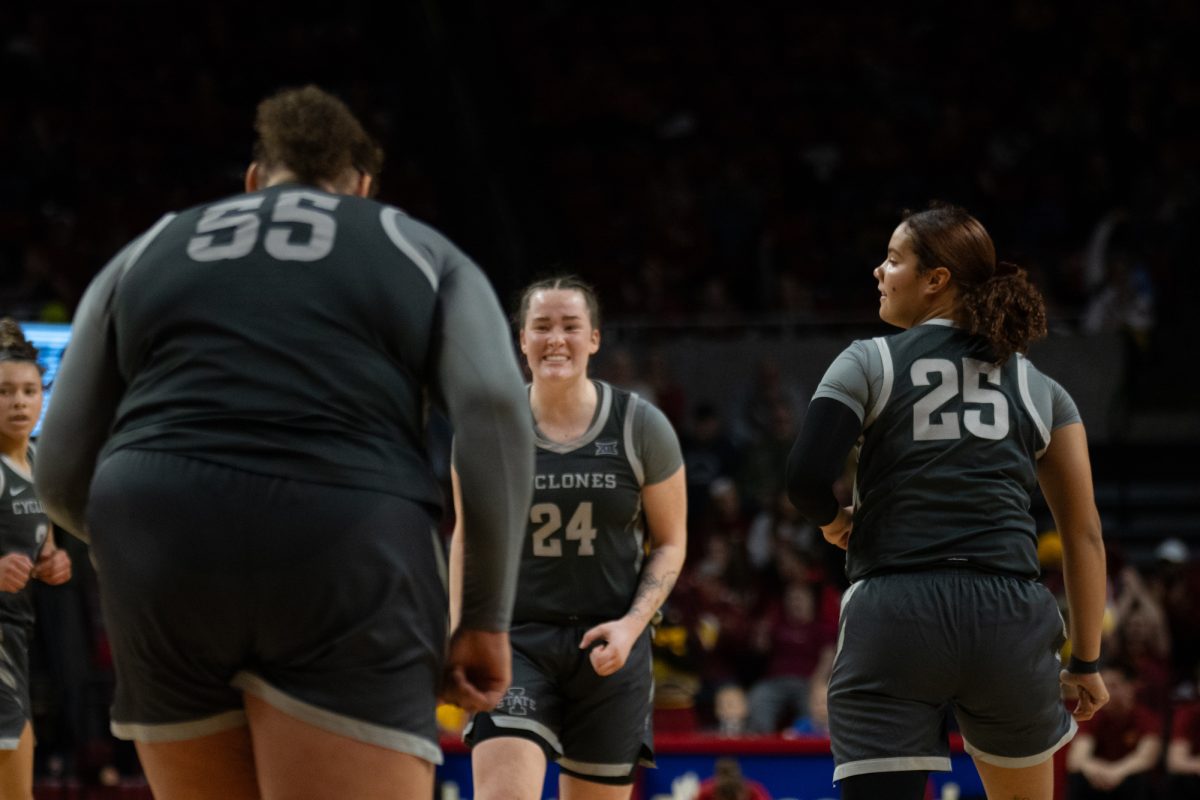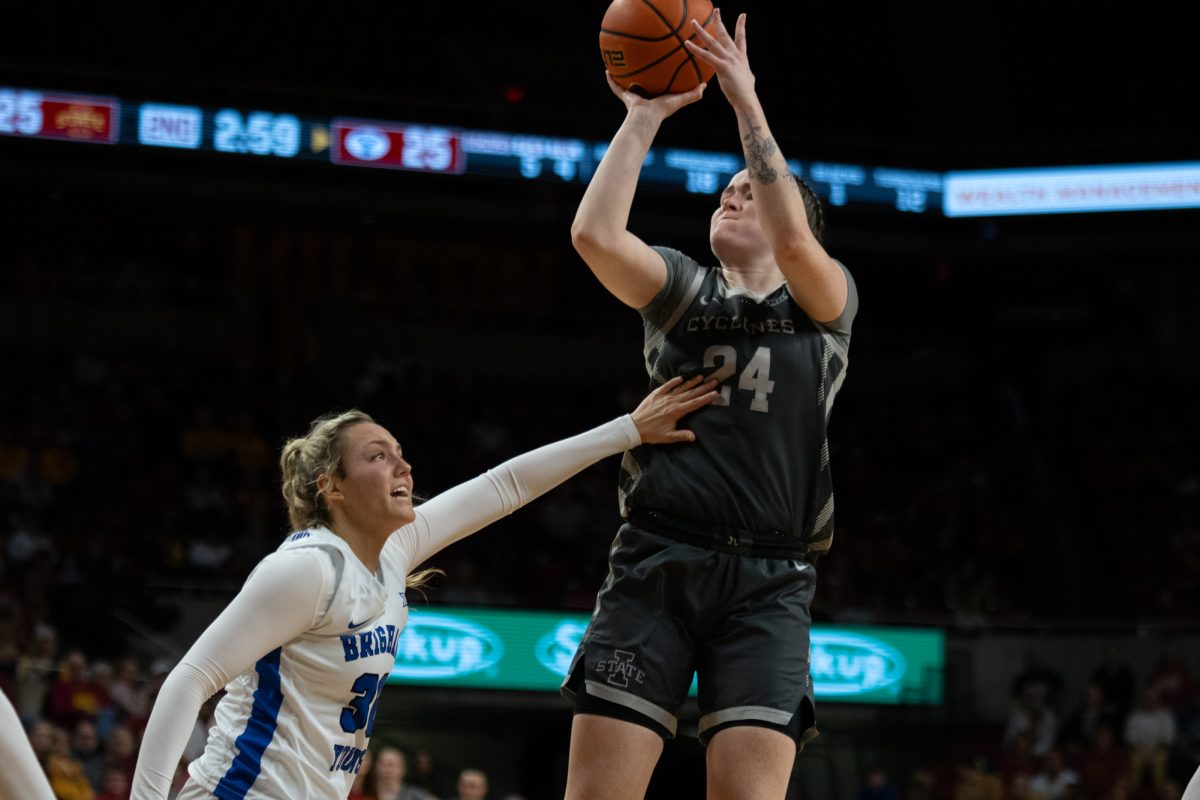Low voter turn-out blamed on busy college schedules
January 29, 1998
Maybe college students have phobias of voting booths. Maybe they aren’t aware of current events. Maybe they aren’t registered.
Whatever the case may be, voting frequency among college students is lower than any other age group.
Only 1,937 of the 24,899 Iowa State students voted in the 1997 Government of the Student Body general election, said Eric Anderson, GSB election commissioner.
“If you look at society, it is really not an isolated problem,” said Rob Wiese, president of GSB. “We would really like to hear from people, but we don’t hear from them enough. The people who speak up find that they do get heard.”
In an effort to make more ISU students “heard,” Anderson said he hopes to increase election numbers and voting hours.
He said it’s hard for students to stay informed because of limitations set on the area available for campaigning and the amount of funding allowed for campaigns.
Although many voters in last year’s election were disappointed in nonvoters, stating “they can’t complain if they didn’t vote,” many remained apathetic about the 1997 GSB election.
“College students just don’t vote,” said Steffen Schmidt, professor of political science.
One reason Schmidt feels students do not vote is that “they are very, very busy.”
Schmidt said getting involved in voting is far down on the list of things students want to take time to do.
He added that students should participate in the political process because they have a lot of good ideas.
“Somebody is going to have to take over, and we don’t know who it is going to be,” Schmidt said.
Tom Rice, associate professor of political science, said the large number of student nonvoters doesn’t surprise or bother him.
“Their concerns don’t focus on an interest in politics,” he said, adding that most students are trying to get an education, find a job and start a family.
However, outside of the college campus, Rice said students are transient members of the community and their loyalty is to their schools. “GSB turnout is higher than local election turnout,” Rice said.
The Ames City Council election this semester was an example of low student voter turnout.
Although precincts for mayoral elections are located in Maple Hall and Memorial Lutheran Church —both stationed on or near campus — more nonstudents than students voted at both places.
Despite the fact that nearly 50 percent of the Ames population is ISU students, Ted Tedesco won the election by almost 700 votes without trying to encourage student voters.
“I didn’t do anything specifically to target Iowa State voters, they don’t really live here [in Ames] in that true sense,” Tedesco said at the Ames City Council and mayoral elections.
Senator Jeff Bingaman (D-N.M.) hopes to change the public’s mentality of student voters.
Bingaman introduced The Student Voter Registration Act of 1996 to help boost historically low registration and turnout among America’s youngest voters.
The act would require colleges and universities receiving federal funds to provide voter registration opportunities and forms, including absentee ballots, to students when they register for classes.
“You see President Clinton and former Senator Bob Dole on MTV because both candidates are trying to reach out to this young generation and include them in the process.
“But we’re not making it easy enough for young people to even get into the process, much less involved in it,” Bingaman said on his Web site.
“College students are one of the most highly mobile constituent groups in this country, moving on average twice a year, and our voter registration systems haven’t been exactly ‘user friendly’ to them.
“No other group in America faces such a significant barrier,” Bingaman said.
According to the U.S. Census Bureau, 271,000 Iowans were between the ages of 18-24 in July 1996.
A statistical report from the Secretary of the State of Iowa showed that 198,946 Iowans between the ages of 18-24 were registered to vote in the 1996 U.S. General Election.
The total number of people who voted in that age group was 79,262.
A total of 59 percent of registered voters ages 18 to 24 voted, compared with 84 percent of registered voters ages 50 to 64, the highest voting age group.






